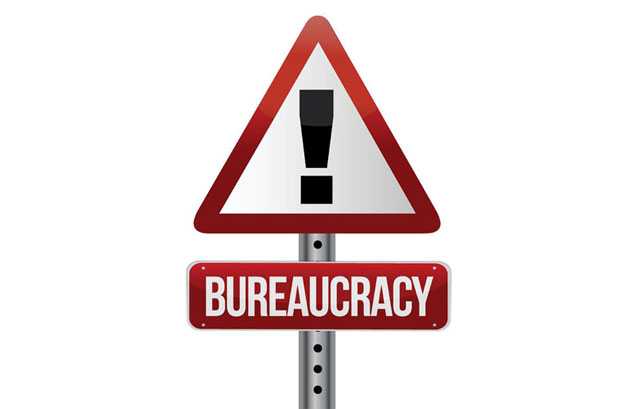An interview with Les Handford, Senior Consultant, Handford Consulting (Member SM Solutions Professional Network)
Q: What’s Different About Applying Matrix Management 2.0™ to a Government System?
A: When you look at a government setting, it tends to be silo-based. It has become increasingly clear this approach does not always work well. With this institutional mindset, people tend to pay more attention to their own activities than to the customer and what they’re supposed to be delivering. They are busy being busy!
In general, most organizations have two focuses. One is maintenance, such as keeping the doors open by doing what you do well, and the other is advancement, such as future planning by always looking to increase organizational value. Governmental systems are no different in that respect.
 Q: How Were You Introduced to Matrix Management 2.0™?
Q: How Were You Introduced to Matrix Management 2.0™?
A: When I was working for the federal government on a large-scale organizational transformation, one of the things we discovered was the whole idea of a matrix and how to make that work. They were trying to execute a bunch of cross-functional projects and exploring how to make them work when everyone was focused on their verticals.
So we invited Paula Martin, the founder of the Matrix Management Institute, to take us through some sessions. That began to solidify some of my thinking about what it means to manage a matrix organization, such as, how do you transform it while also paying attention to leadership? And how exactly do you move the whole process forward?
Q: How Did You Move Forward With Implementing the Matrix Structure in Your Organization?
A: At the federal organization I worked for, we first tried to expand the vision of what the agency was all about. That way, it wasn’t about there being something wrong. It was about taking a new direction — or the art of the possible.
The director general brought in ideas from his tenure at a large accounting firm. We looked in a general sense at the scope of the organization and its matrix maturity. Our first step was to examine the governance structure; in other words, how do decisions get made? We implemented some steering councils that looked at advancement, people, and overall strategy.
For the people and culture side of the equation, we conducted surveys about what people thought and their ideas for engaging them in discussions about future direction.
Q: How Long Did the Overall Process Take?
A: This is not a fast process and organizations that want to go down this path first need to examine their governance, business processes, structure, etc. Once they’ve got their head around that, they can start to apply some of the Matrix Management 2.0™ tools and techniques. That can be difficult because leadership often goes directly to the collaborative leadership and relationship management keys and skips over the organizational levers, which is where the heavy lifting needs to occur.
Q: What’s the Importance of Bringing in Outside Help?
A: Organizations often can’t see many of the challenges they are facing because they only view things within the paradigm in which they have become accustomed. They also might have looked at a book and pulled out some pieces they liked, but they really haven’t thought about their governance and decision-making process and what that really is there for.
Within an organization, you hire consultants for specific reasons, and it builds credibility when you bring someone in with specific expertise. Paula Martin from the Matrix Management Institute, helped us understand matrix management and how best to implement it. Paula identified where the silos were and what project management could look like.
Her presentation really hit home with the executives, and eyes started opening as they started to understand the challenge. But the potential workload also overwhelmed them. The bottom line was that Paula helped us understand that this was normal, and we could make our way through it with disciplined thought, behavior, and actions.
It’s also important to have an internal consultant trained in the process so that the process doesn’t come to a grinding halt after the consultant leaves.


